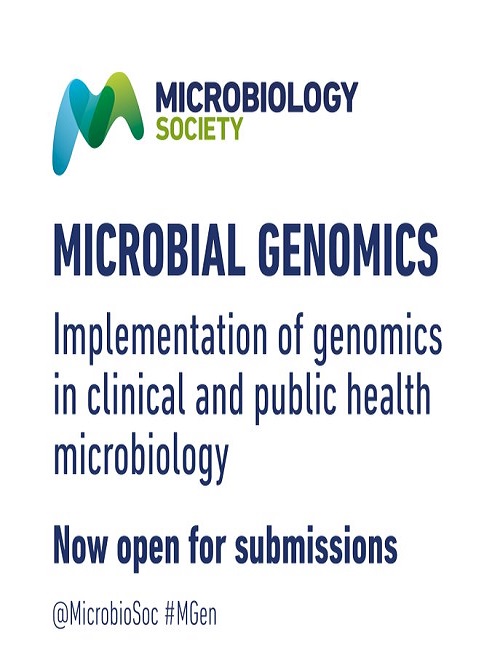16S rRNA 系统发育和聚类不是链霉菌基于基因组分类的可靠替代物
IF 4
2区 生物学
Q1 GENETICS & HEREDITY
引用次数: 0
摘要
链霉菌是研究最广泛的细菌属之一,但其复杂的分类仍存在争议,并被怀疑存在严重的物种分类错误。解决链霉菌的分类问题将使应用微生物学的许多领域受益,因为这些领域依赖于准确的基本事实来对相关生物进行分组,包括基于比较基因组学的新型抗菌药物搜索。我们利用来自 silva、Greengenes、核糖体数据库项目(RDP)和 NCBI(美国国家生物技术信息中心)数据库的 2276 个公开的链霉菌基因组组装和 48 981 个公开的全长 16S rRNA 链霉菌序列,调查了 16S rRNA 和基于全基因组的链霉菌分类之间的分类冲突。我们为 14 239 个不同的链霉菌序列构建了一棵全长 16S 基因树,该树解析了链霉菌的三个主要品系,但其拓扑结构与现有的分类分配并不一致。我们利用这些序列数据划分了链霉菌的 16S 和全基因组图谱,证明 16S 和全基因组分类经常不一致,而且 16S 零半径操作分类单元(zOTU)经常与基于平均核苷酸同一性(ANI)的分类不一致。我们的研究结果强烈暗示,16S rRNA 序列数据与分类学的映射关系不足以常规地划分链霉菌的种类。我们建议社区采用其他标记序列来进行分类和代谢编码。由于链霉菌的分类是由 16S 序列数据确定或支持的,其中可能存在部分错误,因此我们还建议采用其他方法对该属进行重新分类,这可能对链霉菌群体有益。本文章由计算机程序翻译,如有差异,请以英文原文为准。
16S rRNA phylogeny and clustering is not a reliable proxy for genome-based taxonomy in Streptomyces
Streptomyces is among the most extensively studied genera of bacteria but its complex taxonomy remains contested and is suspected to contain significant species-level misclassification. Resolving the classification of Streptomyces would benefit many areas of applied microbiology that rely on an accurate ground truth for grouping of related organisms, including comparative genomics-based searches for novel antimicrobials. We survey taxonomic conflicts between 16S rRNA and whole genome-based Streptomyces classifications using 2276 publicly available Streptomyces genome assemblies and 48 981 publicly available full-length 16S rRNA Streptomyces sequences from silva, Greengenes, Ribosomal Database Project (RDP), and NCBI (National Centre for Biotechnology Information) databases. We construct a full-length 16S gene tree for 14 239 distinct Streptomyces sequences that resolves three major lineages of Streptomyces, but whose topology is not consistent with existing taxonomic assignments. We use these sequence data to delineate 16S and whole genome landscapes for Streptomyces, demonstrating that 16S and whole-genome classifications are frequently in disagreement, and that 16S zero-radius Operational Taxonomic Units (zOTUs) are often inconsistent with Average Nucleotide Identity (ANI)-based taxonomy. Our results strongly imply that 16S rRNA sequence data does not map to taxonomy sufficiently well to delineate Streptomyces species routinely. We propose that alternative marker sequences should be adopted by the community for classification and metabarcoding. Insofar as Streptomyces taxonomy has been determined or supported by 16S sequence data and may in parts be in error, we also propose that reclassification of the genus by alternative approaches may benefit the Streptomyces community.
求助全文
通过发布文献求助,成功后即可免费获取论文全文。
去求助
来源期刊

Microbial Genomics
Medicine-Epidemiology
CiteScore
6.60
自引率
2.60%
发文量
153
审稿时长
12 weeks
期刊介绍:
Microbial Genomics (MGen) is a fully open access, mandatory open data and peer-reviewed journal publishing high-profile original research on archaea, bacteria, microbial eukaryotes and viruses.
 求助内容:
求助内容: 应助结果提醒方式:
应助结果提醒方式:


